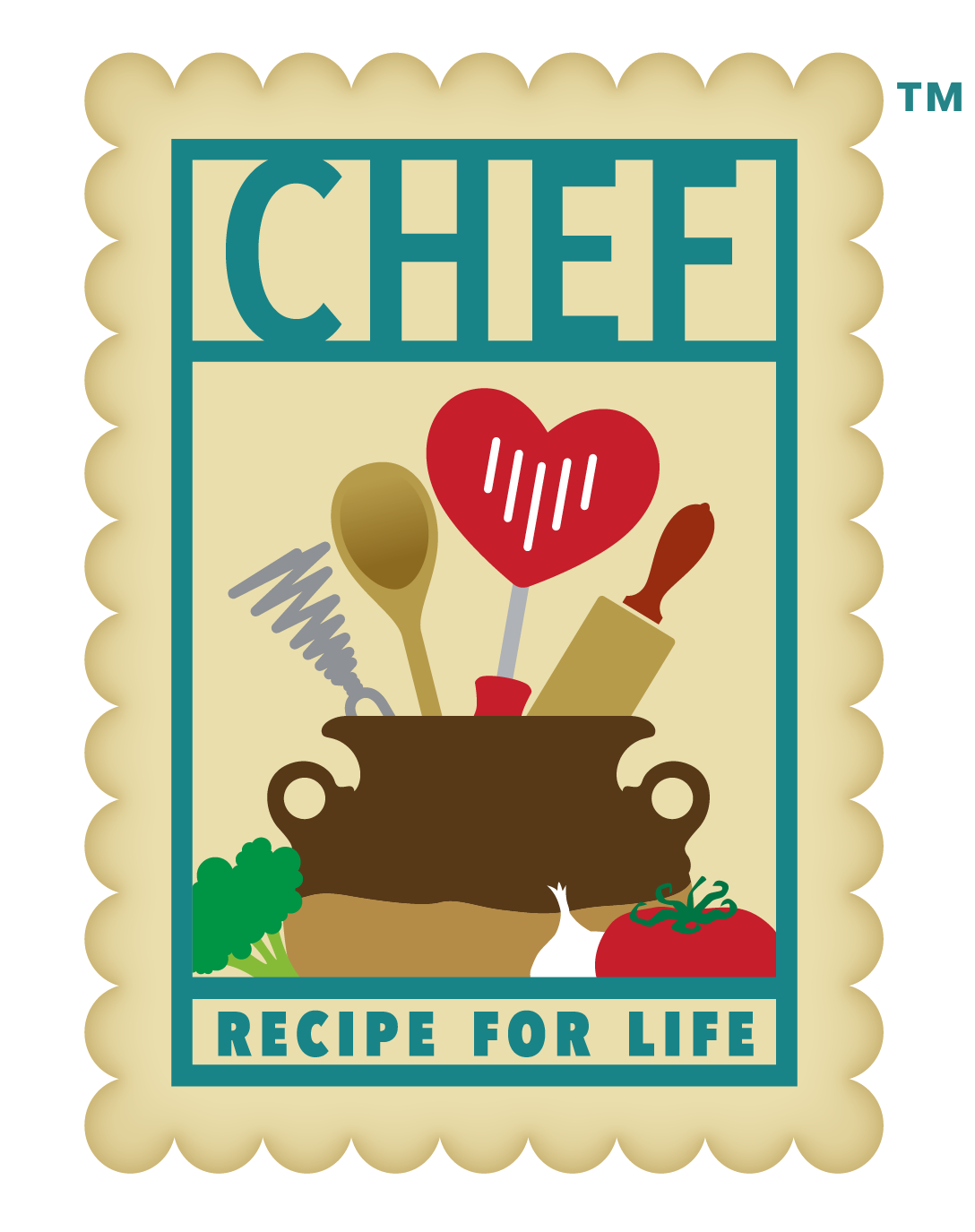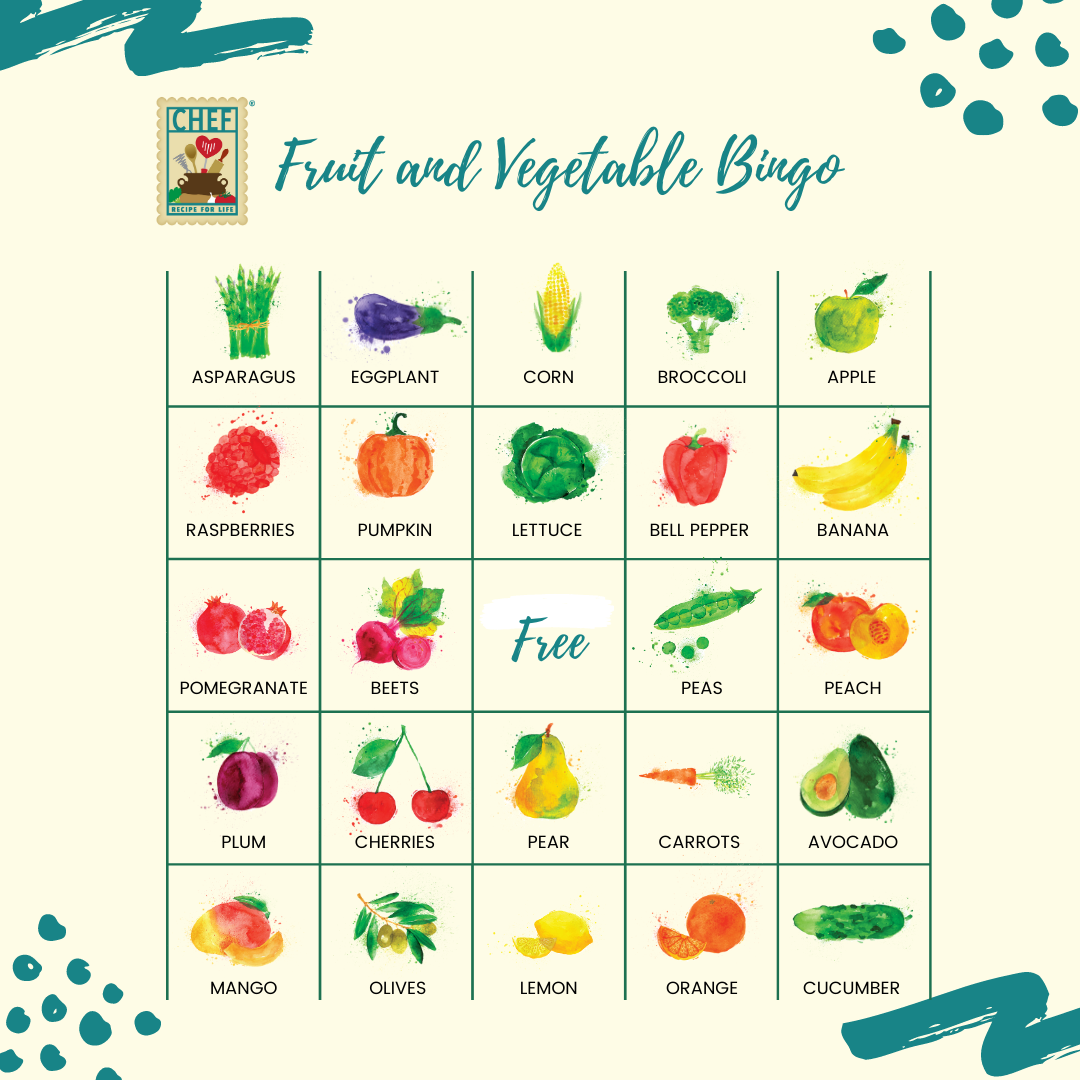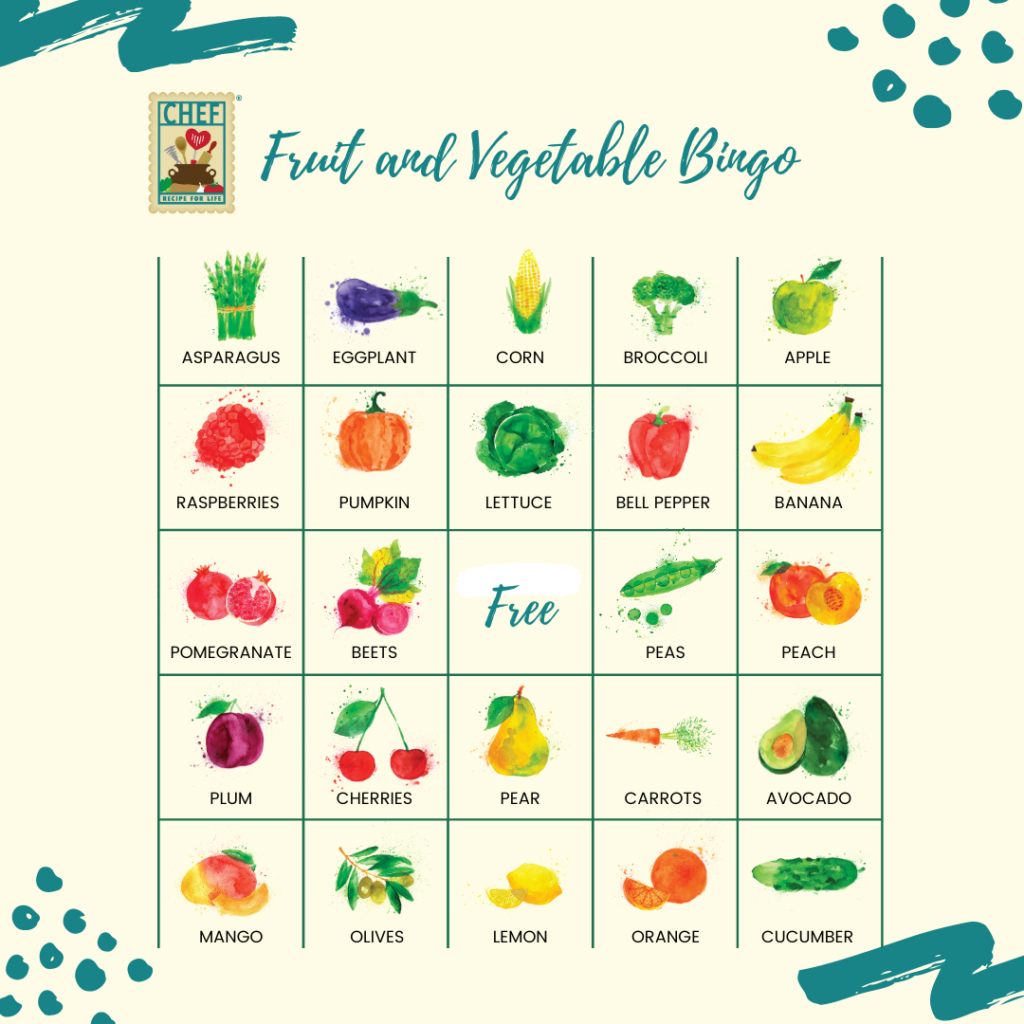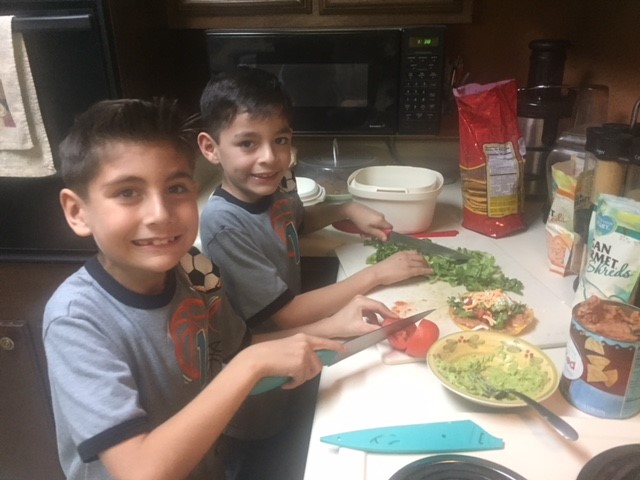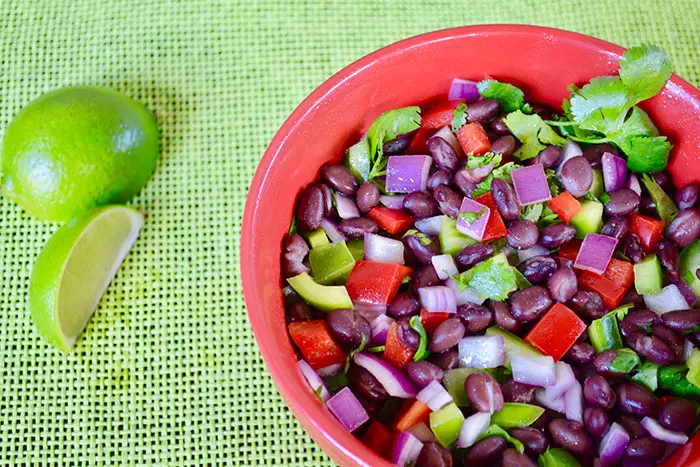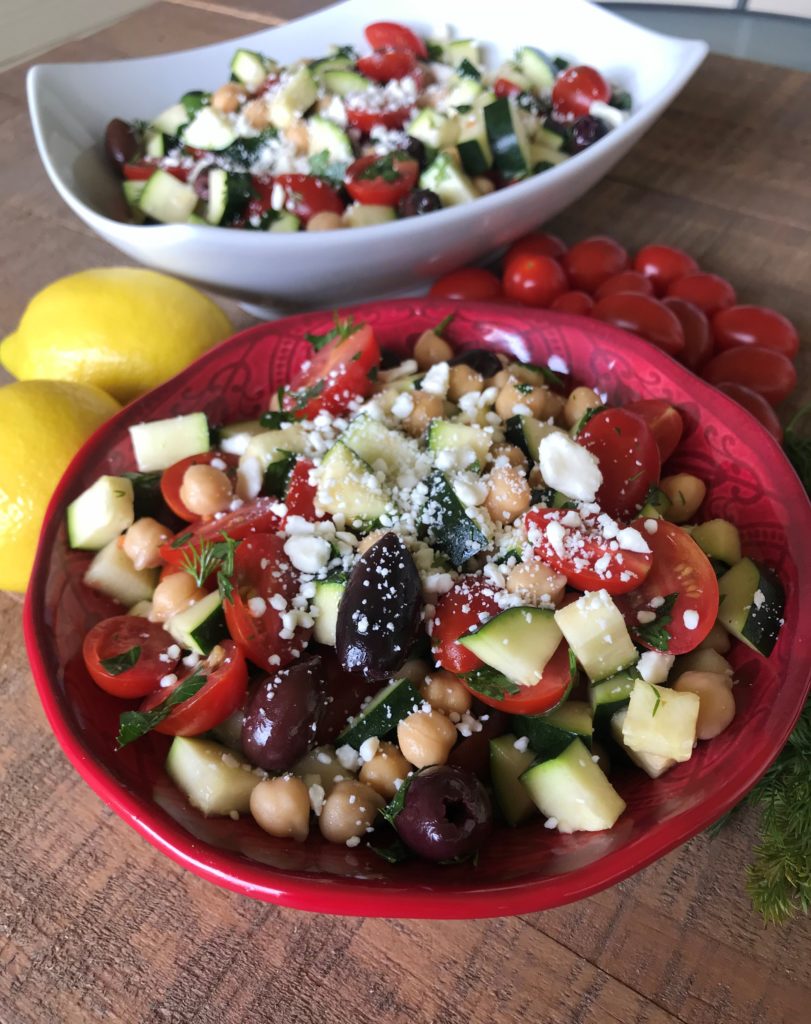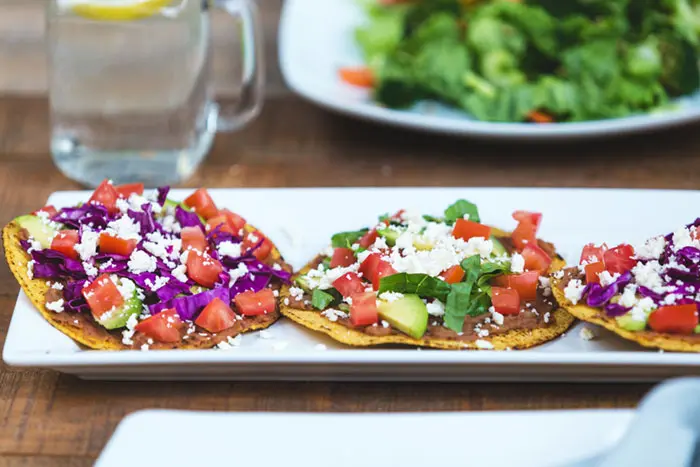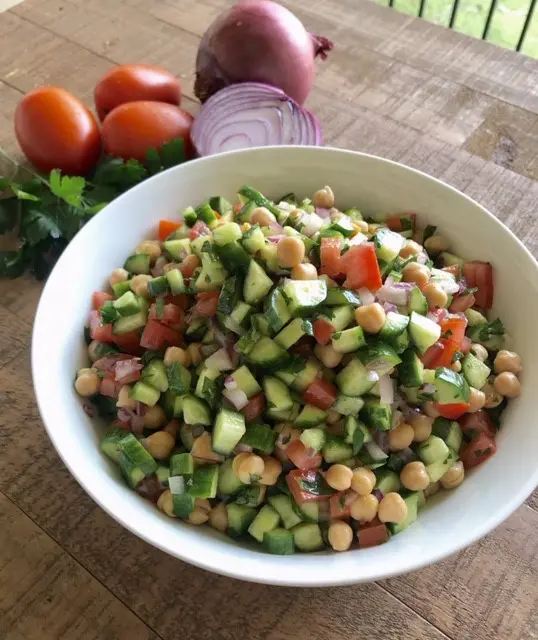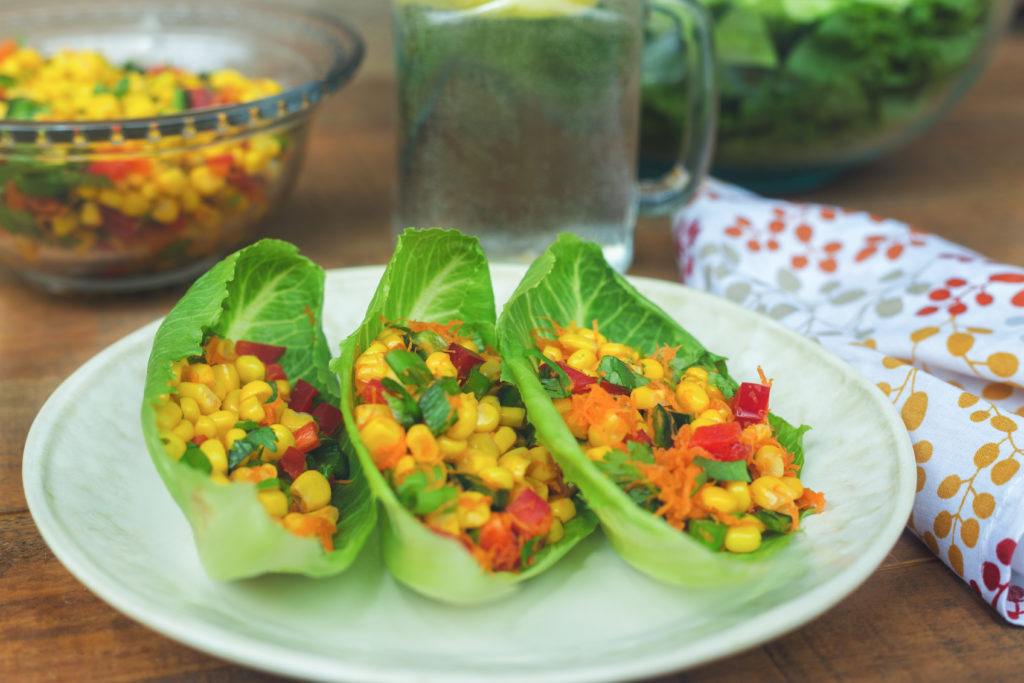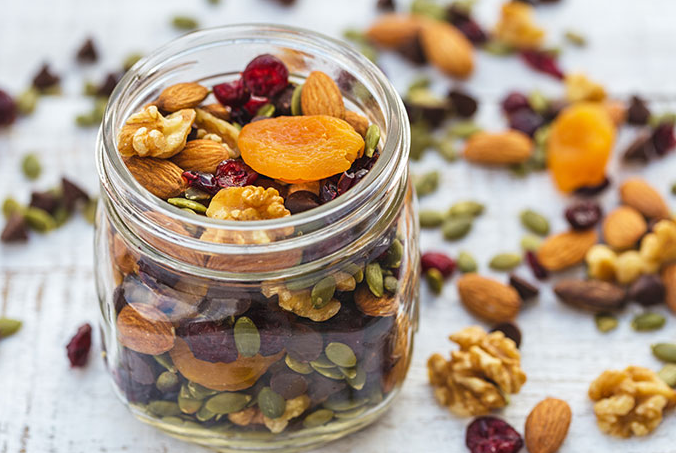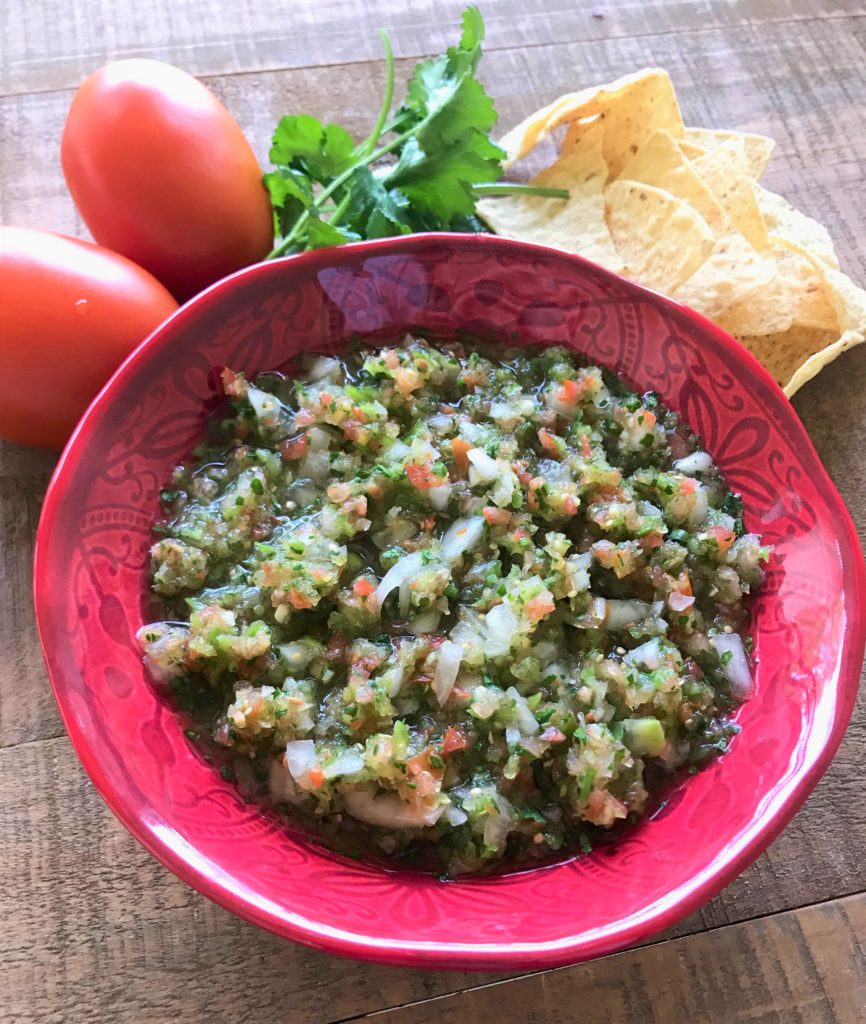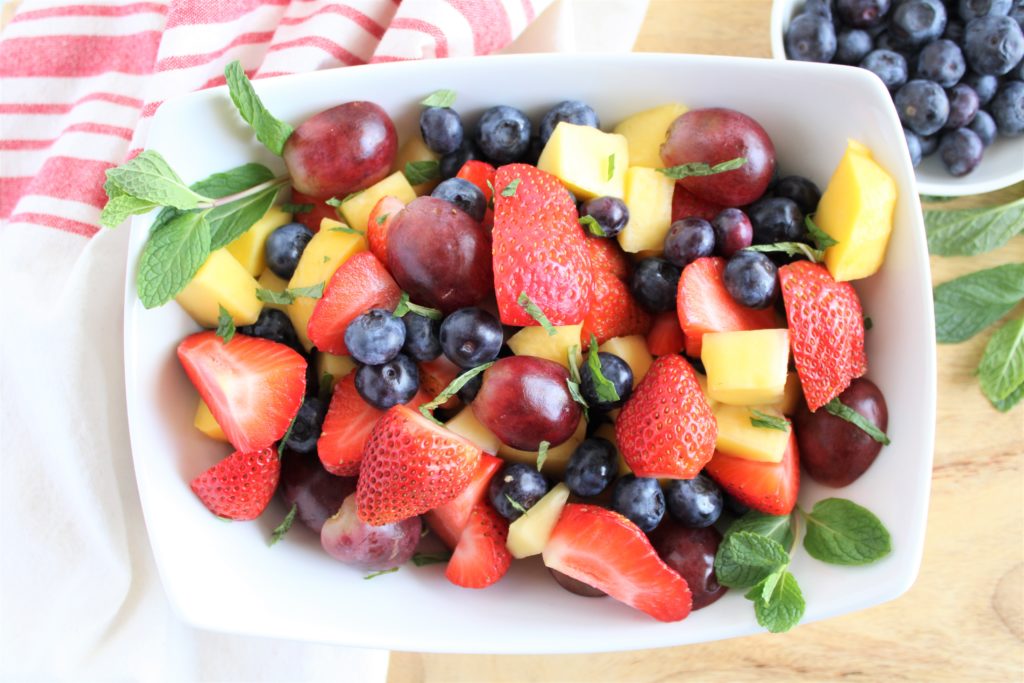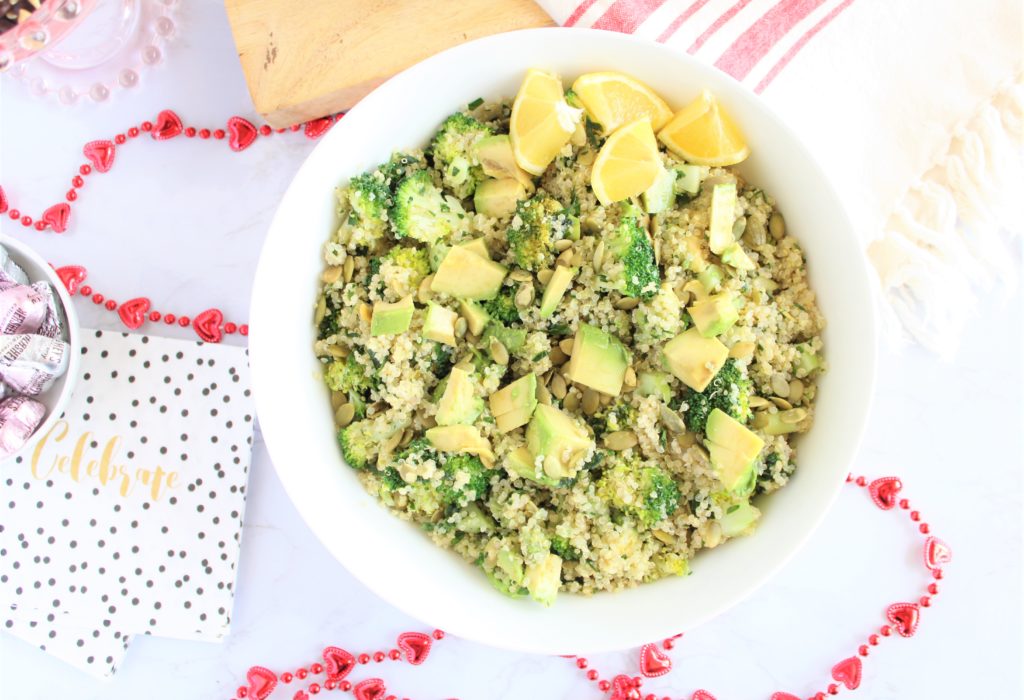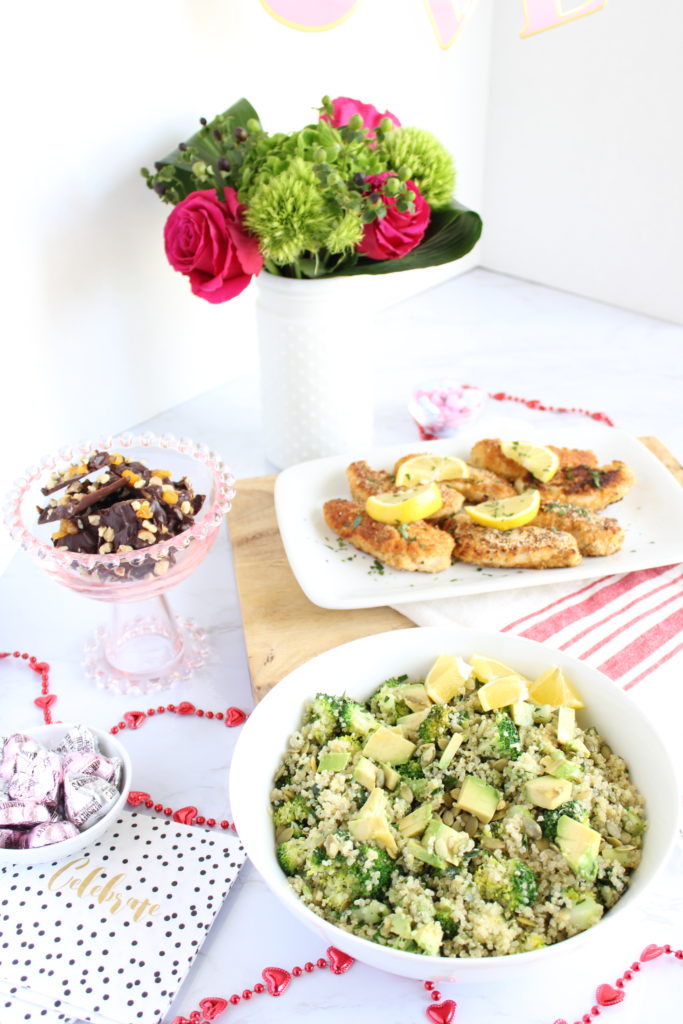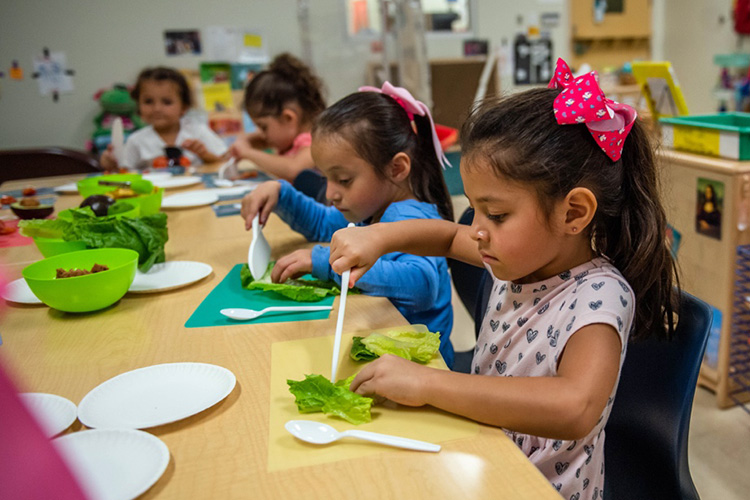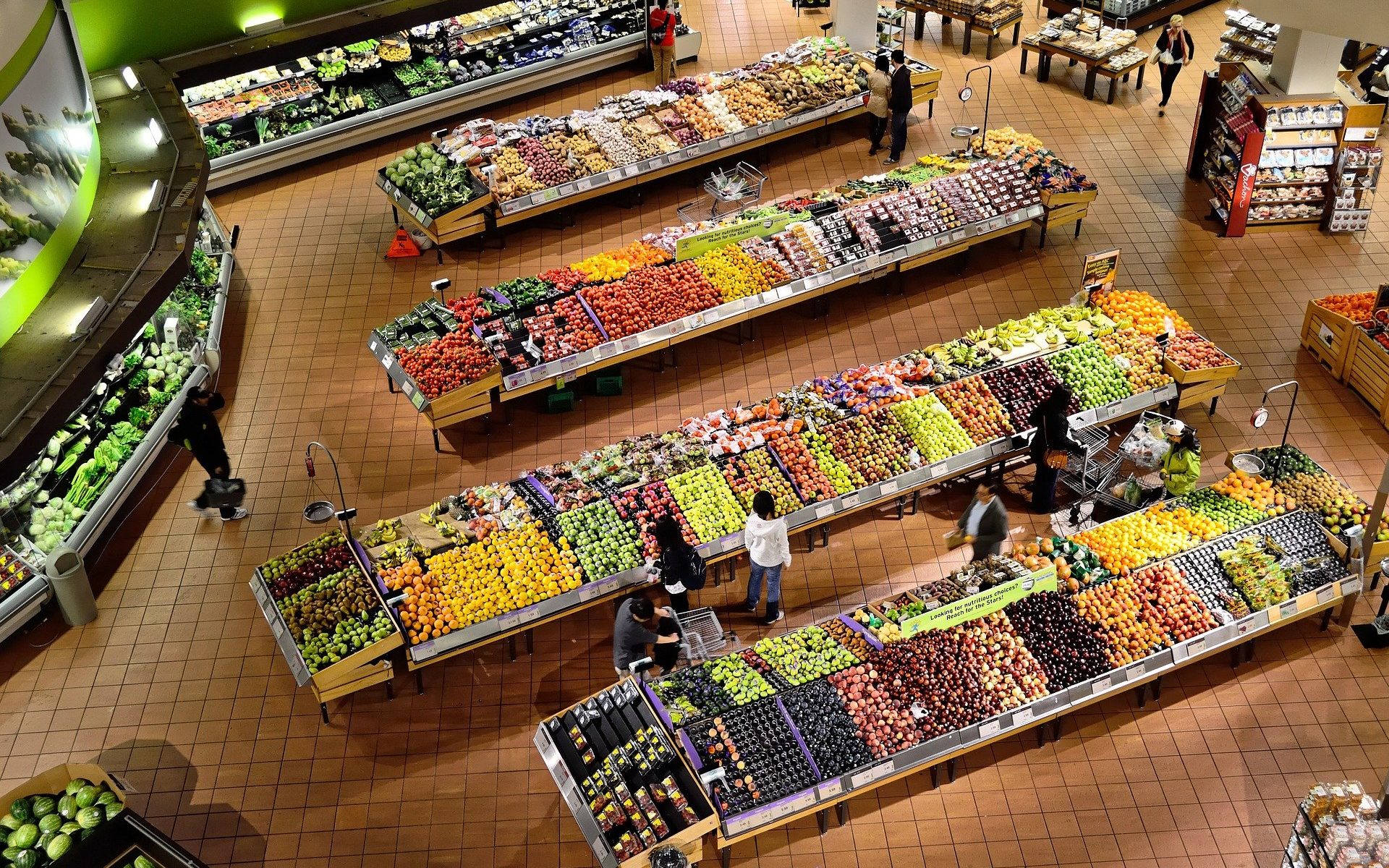By: Loren Barrera, Baptist Dietetic Intern
Reviewed by Katy Bowen, RD, CHEF
Edited by Andi Champion, CHEF
Engaging in regular physical activity is an important step in maintaining a healthy lifestyle. It can help increase your energy levels, make you feel happier, reduce your risk of chronic disease, and even help with relaxation and sleep quality. The CDC recommends that adults to get at least 150 minutes of physical activity each week and that children ages six or older get 60 minutes of physical activity each day. While that may sound like a lot of time, you can easily break down the time into smaller workouts or activities throughout the day. Check out our tips on how to exercise from home and add extra movement into your daily routine.
1. Step to it!
You can walk, jog, or bike ride around your neighborhood or apartment complex. Encourage your family to join you on these walks to make it a family event. If you have not exercised in a while, start off with short walks of 10-15 minutes and increase the time once you feel comfortable. You can even try walking at a nearby park if you want a change of scenery. Some schools allow nearby neighbors to utilize their track in the evening
2. Take the stairs.
If your house or apartment complex has stairs, you can climb the stairs up and down. This is an amazing cardio and leg workout. You will definitely feel the burn the next day
3. Try working out in your living room!
If the weather is cold, rainy, or you simply do not feel like going outside, you can always exercise inside of your home. Your home is the perfect place for simple workouts such as jumping jacks, push-ups, squats, sit-ups, or lunges. Just clear a space and start moving! If you like extra resistance, don’t feel like you need to go out and purchase fancy equipment. You can simply use your body weight or household items such as water bottles or canned goods.
4. Find online workout videos.
If you need a little more structure, you can always search for free exercise videos online or on YouTube. There are many options for yoga, cardio, Zumba, barre, weight training, and more that you can enjoy from the comfort of your own living room.
5. Get moving with household chores.
This might not be on the top of your list for exercising but, some household chores can increase your heart rate and cause you to sweat. Some examples are vacuuming, sweeping, mopping, gardening, raking leaves, or mowing the lawn. Not only will you check off items on your to do list, you’ll also get some exercise in!
6. Play outside with your kids.
This is an excellent way to encourage your entire family to put away the devices and bond! Ask your children to pick a sport that they enjoy such as soccer, basketball, football, or baseball. Other outdoor activities such as playing tag, hopscotch, or jumping rope are also easy ways to get your heart rate up!
Remember, exercising at home doesn’t have to be complicated. Don’t be afraid to experiment and try new workouts until you find something you enjoy.
<a href=”https://www.freepik.com/photos/kids”>Kids photo created by rawpixel.com – www.freepik.com</a>
